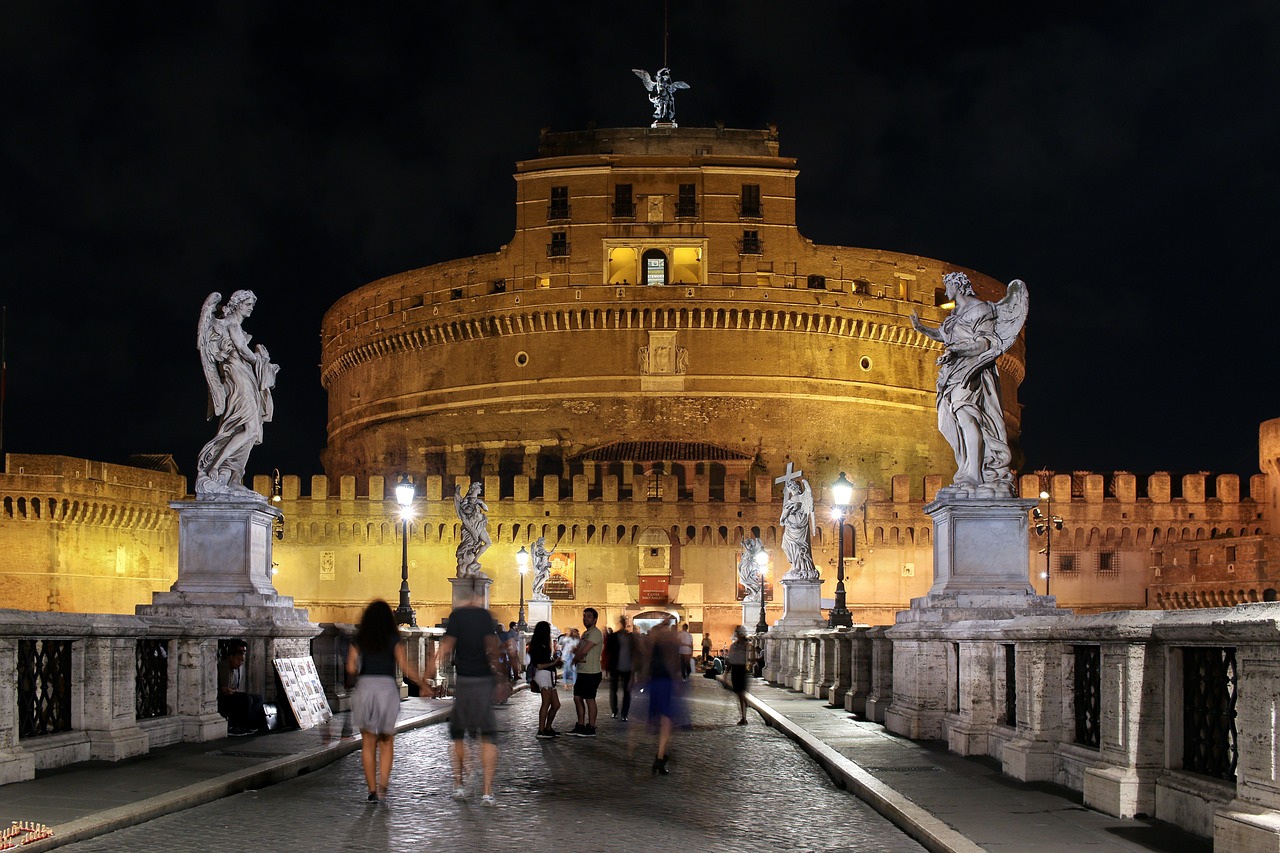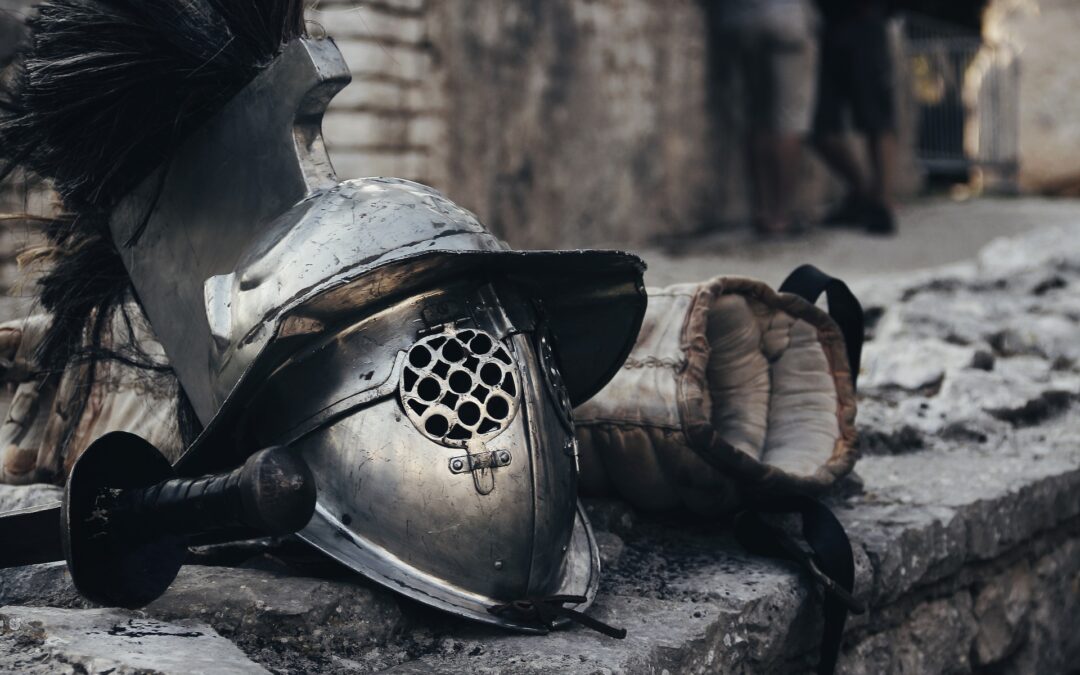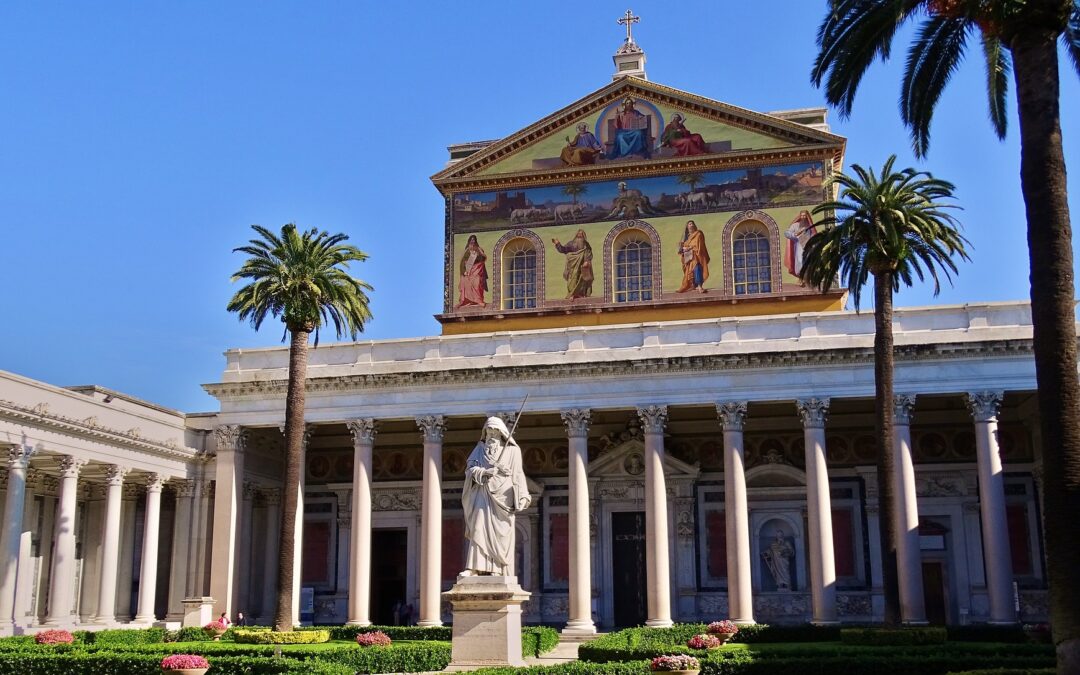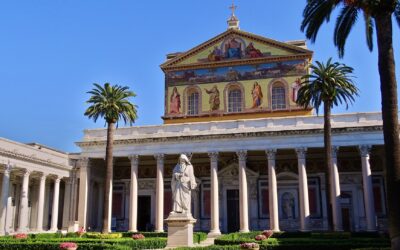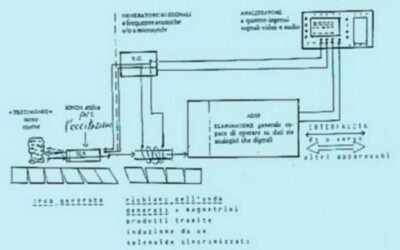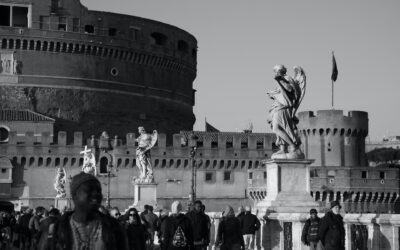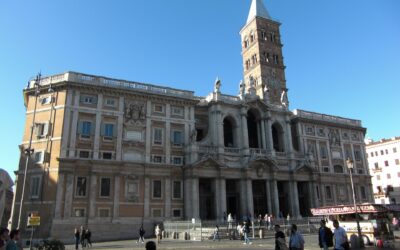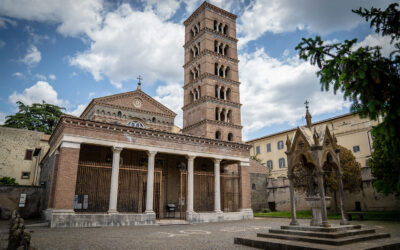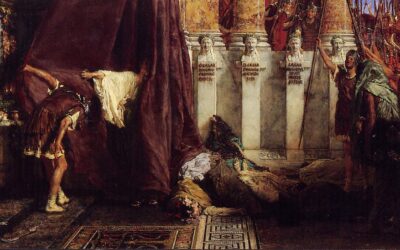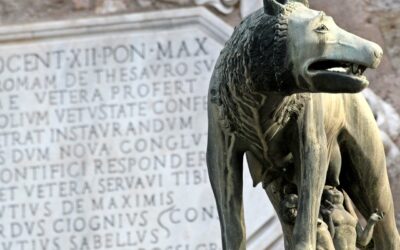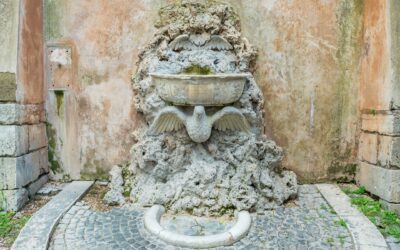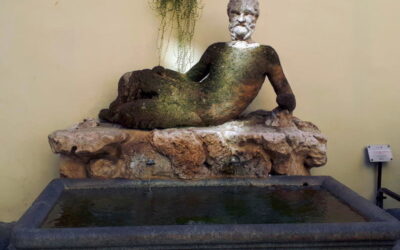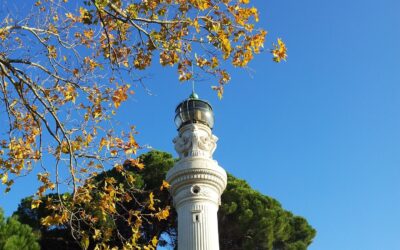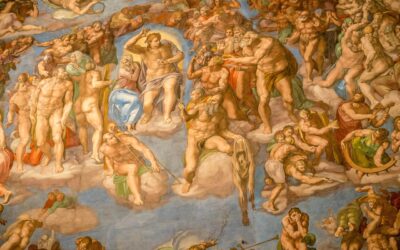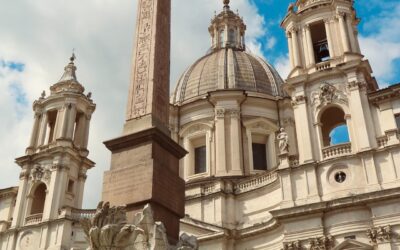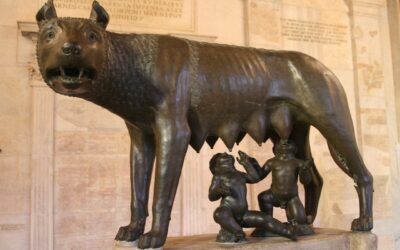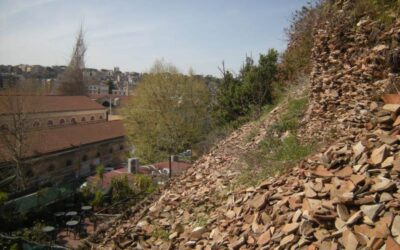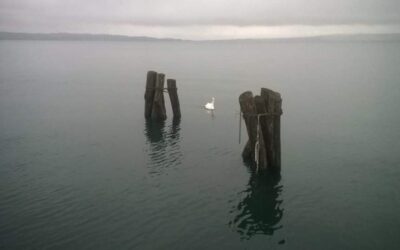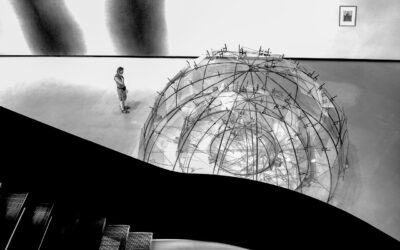Castel Sant’Angelo, also known as the Mausoleum of Hadrian, is a fascinating structure that has played a crucial role in the history of Rome, Italy. This iconic fortress, with its remarkable architecture and strategic location, has served as a defense for the Pope and witnessed countless historical events unfold within its walls. In this article, we will delve into the architectural marvel of Castel Sant’Angelo, explore its historical significance, and understand its strategic importance as a stronghold for the Pope.
Architecture:
Castel Sant’Angelo stands as a testament to the magnificent architectural prowess of the ancient Romans. Originally constructed as a mausoleum for Emperor Hadrian in 139 AD, it underwent several transformations over the centuries. The mausoleum was an imposing cylindrical structure, towering over 135 feet (41 meters) high, with a diameter of approximately 89 feet (27 meters). It was adorned with elegant columns and statues, showcasing the grandeur of Roman architecture.
The fortress acquired its present appearance during the medieval period when it was converted into a military stronghold. The rectangular bastions were added to the original structure, providing enhanced defensive capabilities. The architectural modifications incorporated various elements such as battlements, parapets, and defensive towers, transforming the mausoleum into an impregnable fortress.
One of the most striking features of Castel Sant’Angelo is the Passetto di Borgo, a fortified passageway that connects the fortress to the Vatican City. This elevated corridor allowed the Pope to escape from the Vatican during times of danger and seek refuge within the secure confines of the castle. It served as a lifeline and a means of swift communication between the Vatican and the fortress.
Historical Significance:
Castel Sant’Angelo has witnessed significant historical events, bearing witness to the rise and fall of empires, as well as the power struggles within the Papal States. Its history dates back to the ancient Roman era when it was built as a mausoleum for Emperor Hadrian and his successors. The mausoleum housed the remains of several emperors, including Hadrian himself, until it was later converted into a fortress.
During the Middle Ages, the fortress became a strategic stronghold for the Pope, serving as a refuge, a prison, and a treasury. It protected the Papal States from external threats and internal rebellions. Its fortifications were modified and enhanced over the centuries to withstand sieges and attacks.
One notable event in the history of Castel Sant’Angelo is the Sack of Rome in 1527 when the troops of Holy Roman Emperor Charles V laid siege to the city. Pope Clement VII sought safety within the fortress, and the Passetto di Borgo played a crucial role in his escape. This event highlighted the strategic significance of the castle as a safe haven for the Pope during times of crisis.
The fortress also served as a prison, housing various high-profile prisoners over the years. Notable figures such as Giordano Bruno, a philosopher and scientist, and Benvenuto Cellini, a renowned artist, were held captive within its walls. The prison cells and dungeons of Castel Sant’Angelo bear witness to the often-turbulent political and religious climate of the time.
Strategic Importance as Defense for the Pope:
Castel Sant’Angelo’s strategic location on the banks of the Tiber River and its proximity to the Vatican made it an ideal defensive structure for the Pope. Its formidable fortifications and the Passetto di Borgo provided a secure retreat during times of conflict and allowed for the safe transportation of the Pope and his entourage.
The fortress’s elevated position offered a commanding view of Rome, enabling the defenders to monitor and control access to the city. Its robust defensive features, including battlements, cannons, and drawbridges, made it a formidable obstacle for potential invaders.
The Passetto di Borgo, the fortified passageway linking Castel Sant’Angelo and the Vatican, played a pivotal role in securing the Pope’s safety. It provided a discreet and protected means of escape during times of danger. The passageway also served as a vital communication route, allowing for the swift transfer of important documents, supplies, and personnel between the two locations.
Castel Sant’Angelo stands as a remarkable testament to the architectural brilliance and historical significance of Rome. From its origins as Emperor Hadrian’s mausoleum to its transformation into a fortified stronghold for the Pope, the castle has witnessed centuries of tumultuous history.
The fortress’s awe-inspiring architecture, including its original cylindrical structure and later medieval modifications, showcases the evolution of Roman and medieval architectural styles. Its strategic importance as a defense for the Pope cannot be overstated, with the Passetto di Borgo serving as a lifeline and a symbol of the Papacy’s resilience.
Today, Castel Sant’Angelo stands as a museum, allowing visitors to explore its intriguing history, marvel at its architecture, and experience the grandeur of Rome’s past. It serves as a reminder of the city’s rich cultural heritage and the enduring legacy of its architectural masterpieces.

